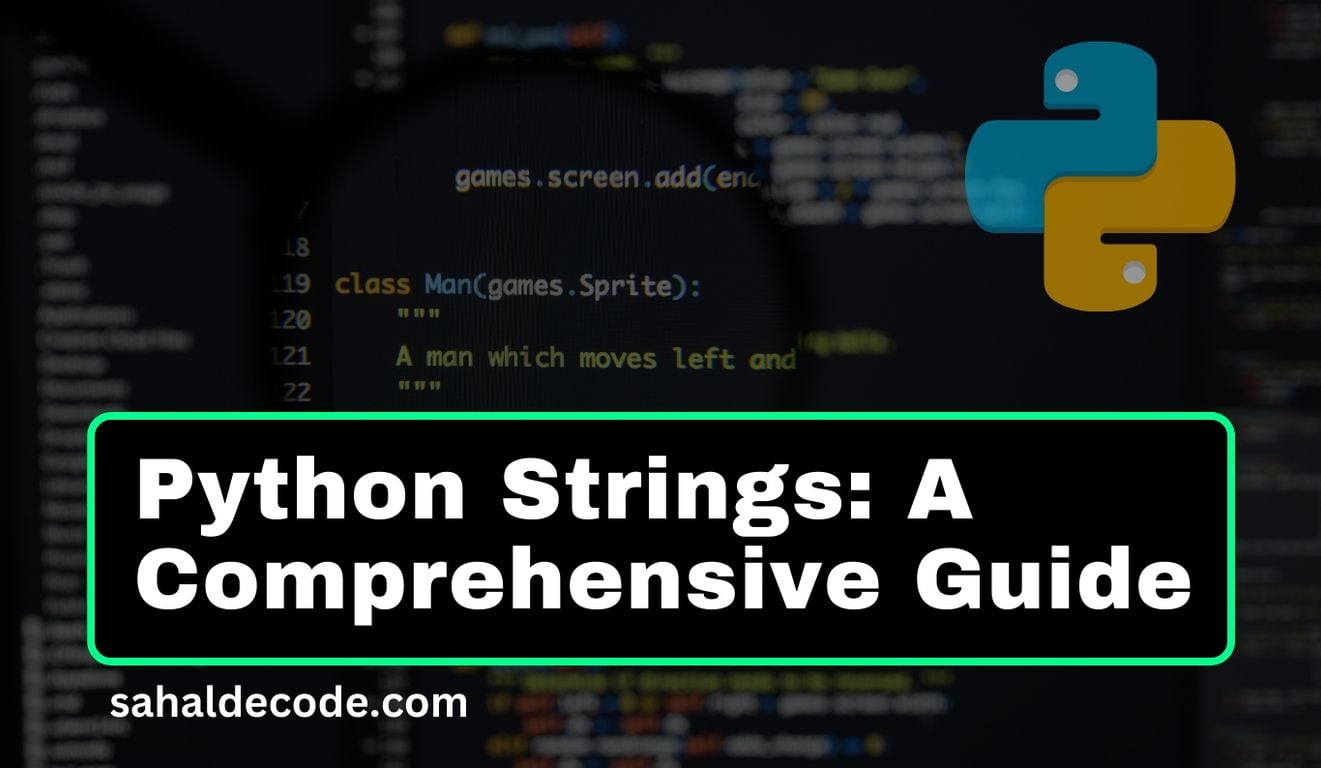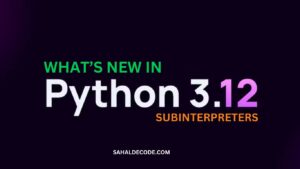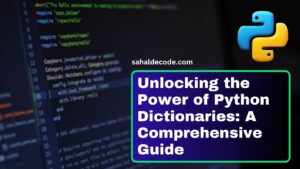Introduction to Python Strings
In the world of programming, text data is just as important as numbers. Python, a versatile programming language, equips you with powerful tools to handle and manipulate text using strings. In this comprehensive guide to Python strings, we’ll explore what strings are, how to create and manipulate them, and dive into various techniques to enhance your text processing skills.
Understanding Strings
A string is a sequence of characters enclosed within either single (') or double (") quotes. Strings can contain letters, numbers, symbols, and even spaces.
06 Python Strings Types
- Slicing Strings
- Modify Strings
- String Concatenation
- Format – Strings
- Escape Characters & String Methods
Creating Strings
You can create lines by enclosing characters in quotes:
name = "Alice"
quote = "To be or not to be"String Indexing and Slicing
Strings are sequences, which means each character in a string has an index. Indexing allows you to access individual characters or a range of characters (slicing) within a string.
greeting = "Hello, Python!"
print(greeting[0]) # Output: H
print(greeting[7:13]) # Output: PythonString Methods for Manipulation
Python offers a plethora of built-in string methods for manipulation. Let’s explore a few of them:
len(): Returns the length of a string.
message = "Hello, World!"
length = len(message) # Length: 13upper(), lower(): Convert a string to uppercase or lowercase.
text = "Python Programming"
upper_text = text.upper() # Output: PYTHON PROGRAMMING
lower_text = text.lower() # Output: python programmingreplace(): Replace occurrences of a substring with another substring.
sentence = "I like apples and apples are tasty."
new_sentence = sentence.replace("apples", "bananas")
# Output: I like bananas and bananas are tasty.String Concatenation and Formatting
String concatenation is the process of combining strings. You can use the + operator to concatenate strings:
first_name = "John"
last_name = "Doe"
full_name = first_name + " " + last_name # Output: John DoeString Formatting:
String formatting is used to embed variables or values within strings. Python offers different methods for string formatting, including f-strings and the .format() method.
name = "Alice"
age = 30
greeting = f"Hello, my name is {name} and I am {age} years old."
# Output: Hello, my name is Alice and I am 30 years old.External Resources
As you delve deeper into the world of Python strings, consider exploring these external resources for further learning:
- Python.org String Methods: Official documentation on Python’s built-in string methods.
- W3Schools String Methods: Comprehensive resource for learning about various string methods.
Conclusion
Python strings are your gateway to manipulate and process text data within your programs effectively. By mastering string creation, indexing, slicing, methods, concatenation, and formatting, you can handle a wide range of text processing tasks. Armed with the knowledge gained from this guide, you’re well-prepared to tackle challenges that involve working with textual information. As you continue your programming journey, remember that strings are the threads that weave meaningful stories within your code.
In this comprehensive guide to Python strings, you’ve explored the world of text manipulation through string creation, indexing, slicing, methods, concatenation, and formatting. Armed with this knowledge, you’re equipped to handle text data effectively, whether building chatbots, analyzing text, or crafting user interfaces. As you embark on more complex projects, keep in mind that strings are the building blocks of communication in the programming world, enabling you to express ideas, create interaction, and connect with users.










